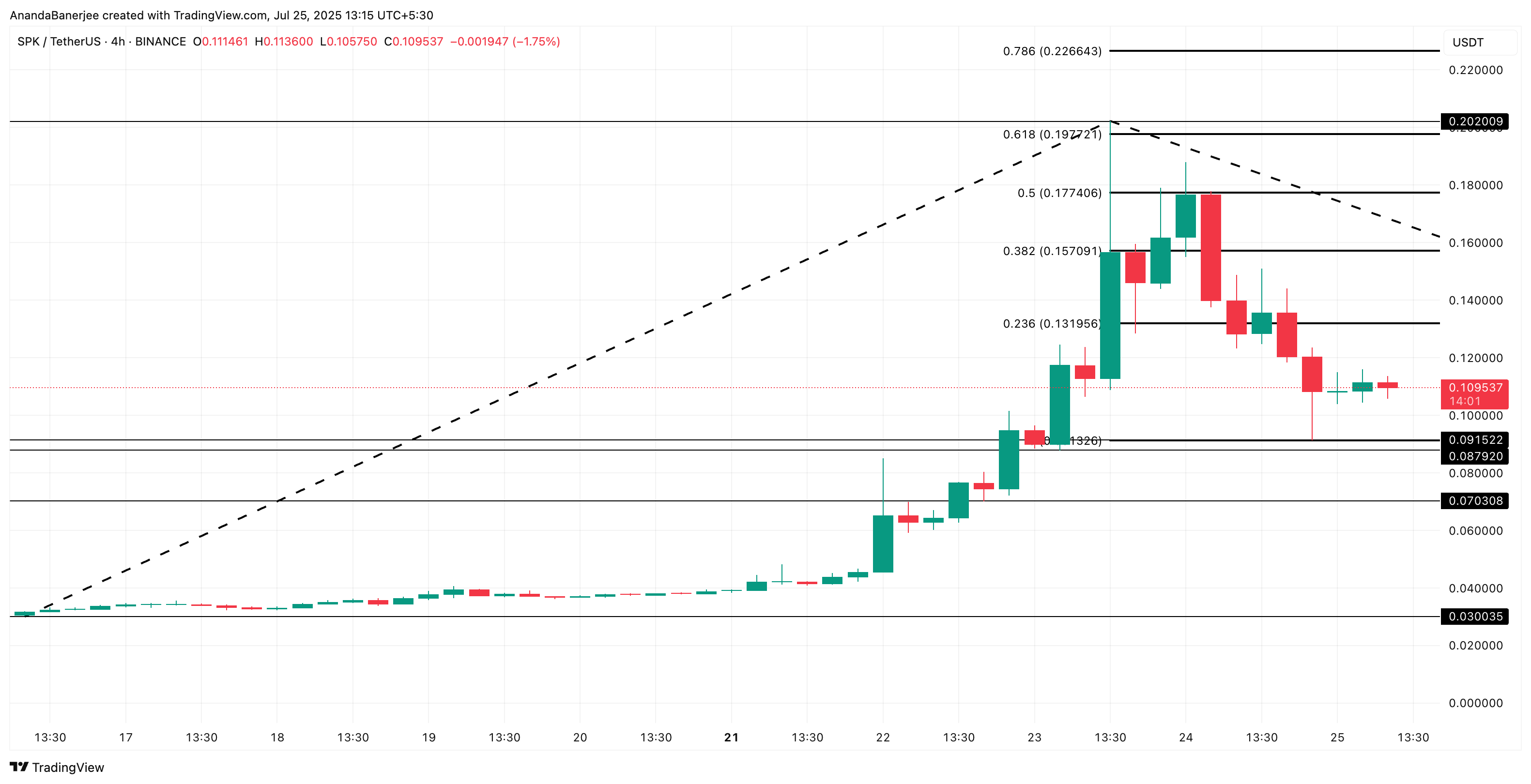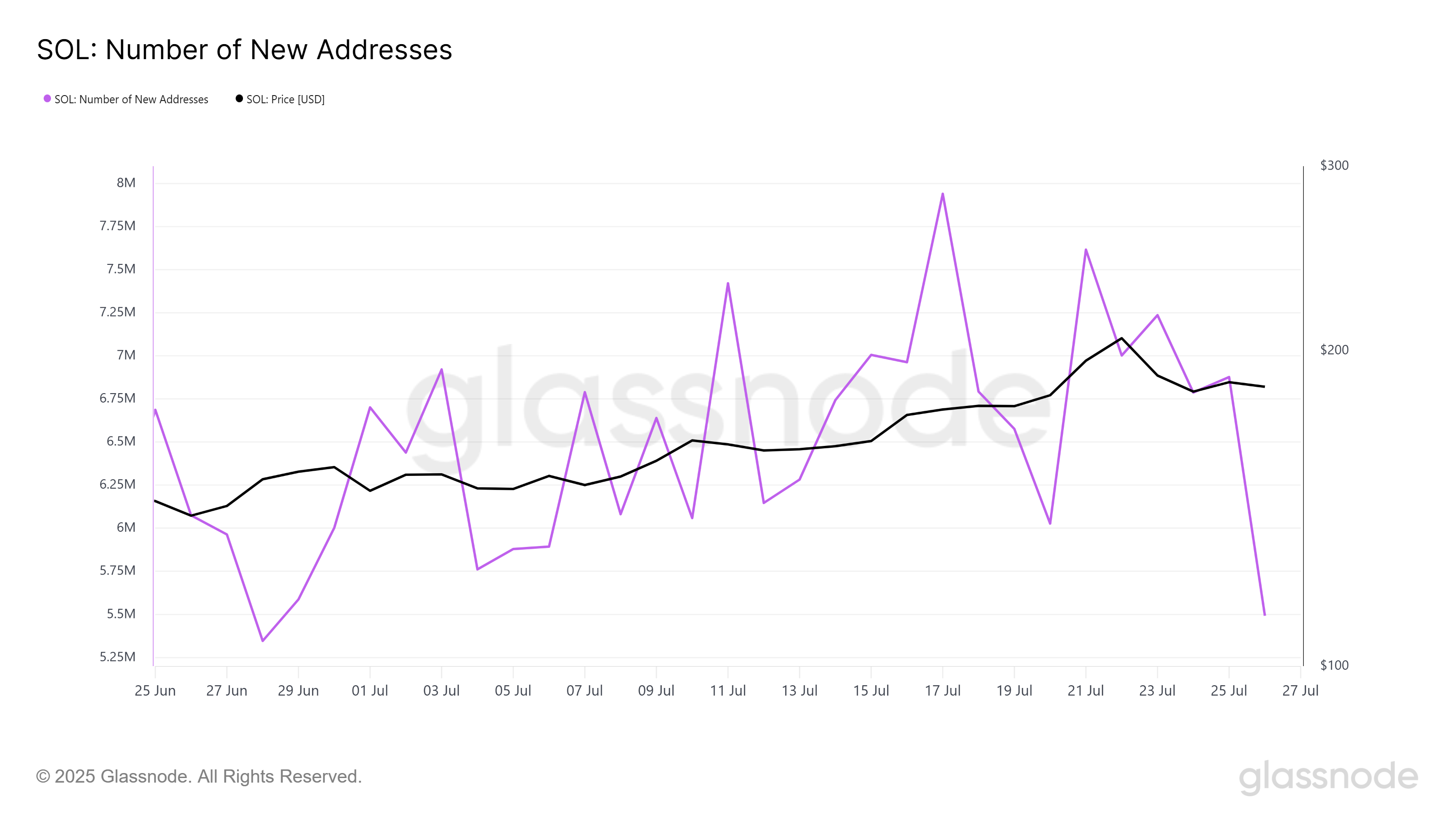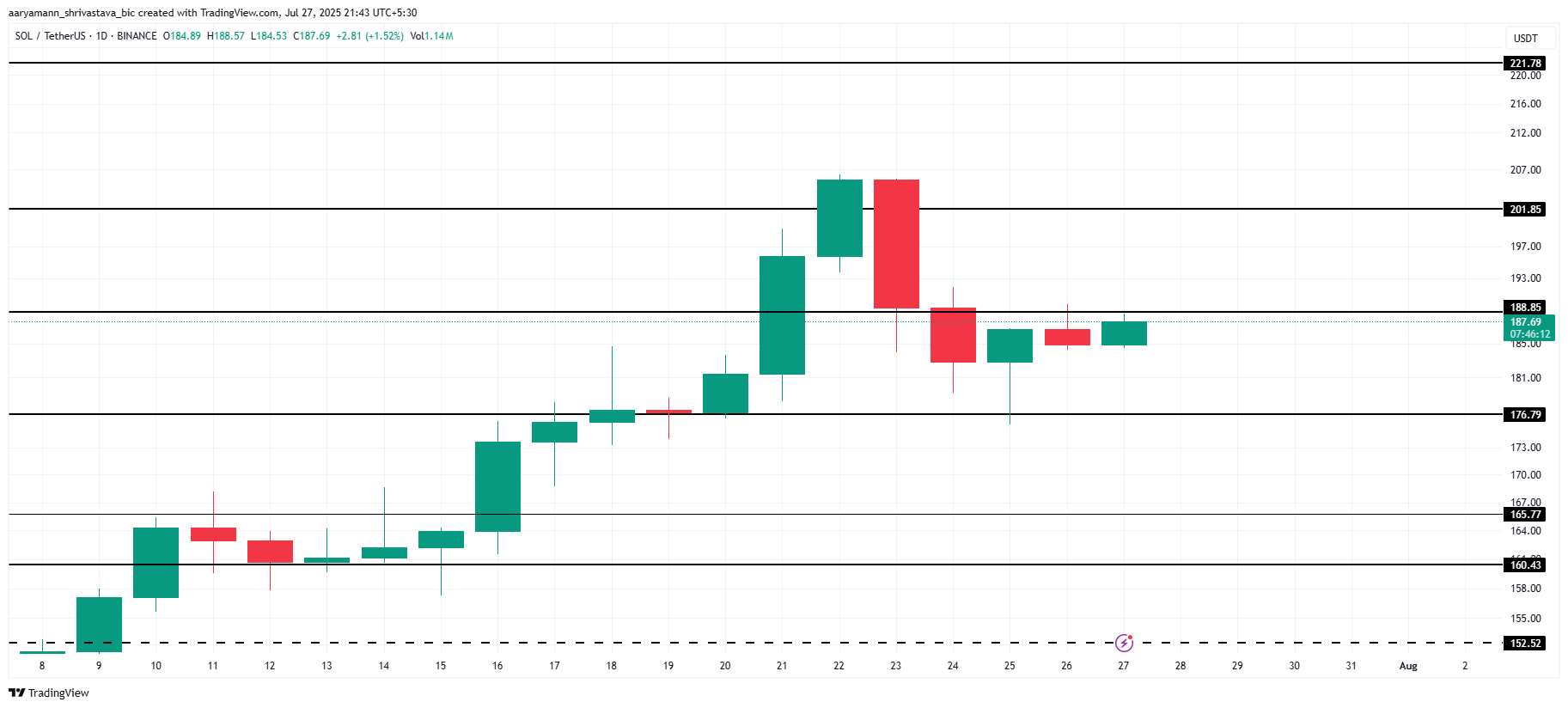
Despite the recent uptrend, Ethereum price has slowed down its momentum as it enters supply zone. There might be a short-term correction before ETH revisits $2,000 and this could hurt late longs or eager bulls. Data shows nearly $1 billion worth of positions will be wiped if ETH price crashes below $1,731.
Nearly $1B Ethereum (ETH) Longs Face Liquidation Risk
According to CoinGlass’ Liquidation Map data, $973 million long positions will be culled, aka liquidated, if Ethereum price drops nearly 4% to $1,731. These positions are likely FOMO longs that were placed price rallied 15% this week in under two days.

Ethereum Price Analysis: Will Crash First before $2,000?
The four-hour chart shows Ethereum price has hit a supply zone, extending from $1,780 to $1,820, after a 15% rally. Today, ETH’s price trades at $1,795 with the Relative Strength Index (RSI) producing lower lows after hitting the overbought zone, typically indicating a decline in bullish momentum. Over the past month, a decline in RSI inside the overbought conditions has led to corrections. If history repeats, then correction is highly likely for Ethereum (ETH).
However, due to the weekend, ETH price will be volatile, leading to liquidity hunts.
The most amount of pain will be caused if Ethereum price slides down to $1,731 or lower. However, there might be a push to the upside first to liquidate eager shorts before culling the late longs.
Two key levels to watch during the weekend include – $1,840 and $1,890, potentially up to $1,900. A short-term spike into this area to lure longs and liquidate shorts would be the best signal that ETH price is heading lower.
To the downside, Ethereum must manage to hold $1,669 or at least $1,600 to resume its recently developed bullish trend. A failure to do so could spell trouble for ETH bulls.
CME Ethereum Futures Chart Shows Gap Below
The Ethereum price chart for CME Futures produces gaps due to the markets being closed on the weekends. Popularly called as the “CME Gaps” often get filled as price retraces. The gap at $1,763 is filled after a 15% rally this week. However, this uptrend also created a new gap, which further supports a potential short-term correction for ETH price.
A correction that stabilizes between $1,700 and $1,600 could lead be the intermediate higher low that leads to an extended bullish reversal for Ethereum price.
The post Will Ethereum Price Liquidate $973M Longs Before $2,000 Retest? appeared first on CoinGape.




 Grayscale’s Cardano
Grayscale’s Cardano 






